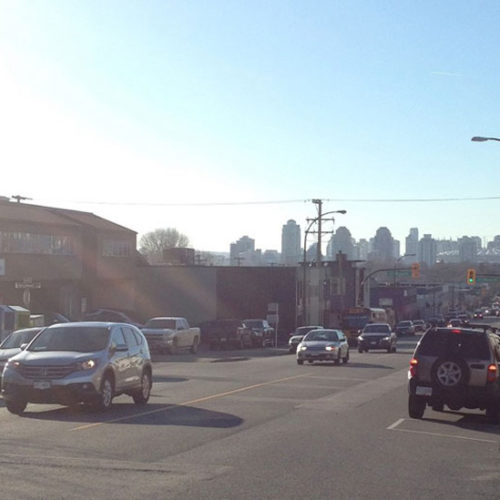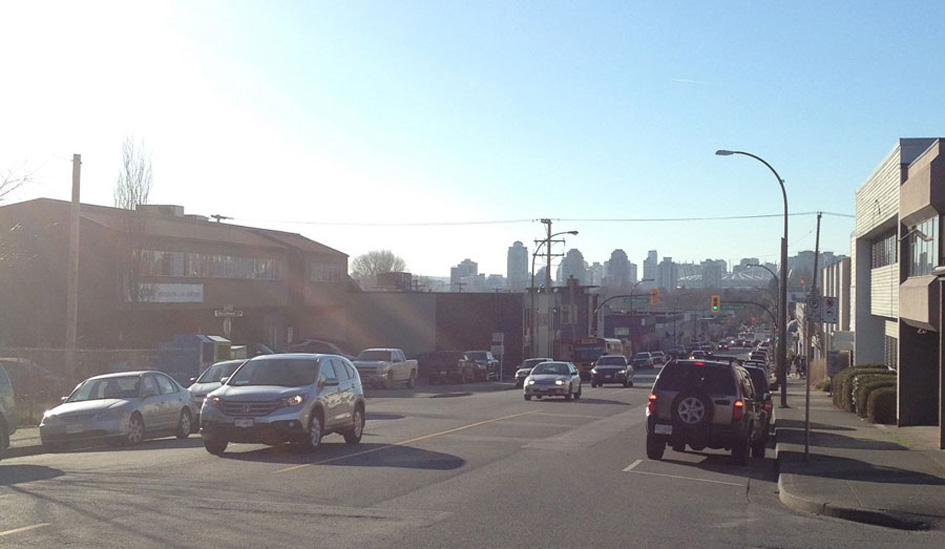Reflecting on the Transit Referendum
 By Reflecting on the Transit Referendum
By Reflecting on the Transit Referendum
July 8, 2015

As those of us living in Greater Vancouver heard last week, the public has spoken on the issue of raising taxes to pay for transit improvements, and it has delivered a resounding “No.”
Switchboard supported the “Yes” campaign. We’re committed to making Metro Vancouver a more vibrant, liveable, and sustainable community, which means adding the motor vehicles of an anticipated 1 million additional residents by 2040 (that’s a roughly 40% population increase) to our already jam-packed roads is out of the question. Try to catch a 99 B-line during rush hour. That’s all it takes to recognize that our city has a congestion problem that needs to be addressed.
Some argue that the “Yes” initiative was doomed to fail. Here are a few philosophical reasons the “No” side had an easier job when it came to influencing the popular vote:
- It’s easier to create a skeptic than a supporter. Negativity Bias causes us to remember negative interactions, experiences, or facts much more easily than positive or neutral ones of equal intensity. This is why the “No” campaign’s references to TransLink’s unpopular past decisions were so effective and widespread.
- People are chronically bad with numbers, especially when we’re dealing with money. This is called the fallacy of innummeracy. For this reason, it’s easy to trigger anxiety and apprehension when we discuss overall costs of a new project. It takes some time and research to understand what costs (and salaries) look like in the long term and the general public often isn’t willing to invest in anything beyond a knee-jerk reaction to monetary figures.
- The appeal to fear is an immensely powerful tool of persuasion and fear of change is a near universal. It’s difficult to throw one’s support behind a project when we can’t imagine exactly what it will look like. We’re creatures of habit in the political arena so it’s easier to stick with the status quo.
Since we’re more likely to remember our smelly, steamy sardine experience on the SkyTrain than the time we rode it cool and comfortable, it would have been beneficial to remind commuters what one million additional people looks like on a bus or in a traffic jam. We could have done more to put the cost in context in a way that was easy, accessible, and digestible. “Yes” campaigners could have mitigated fear of change by including more measurable and observable details, goals, and deadlines. Lastly, it’s important to be the first to deliver your campaign message as once an individual has made up their mind, they’re very unlikely to change it. At Switchboard, we look forward to hearing about and supporting funding alternatives for the project.
Share
Last Post:
Felix’s Fabulous FundraiserNext Post:
Team Switchboard Day